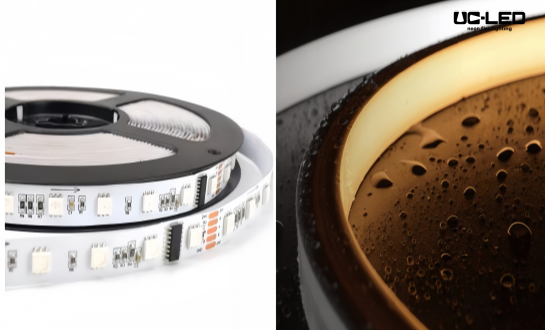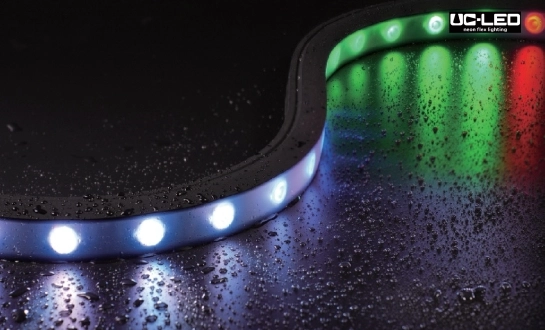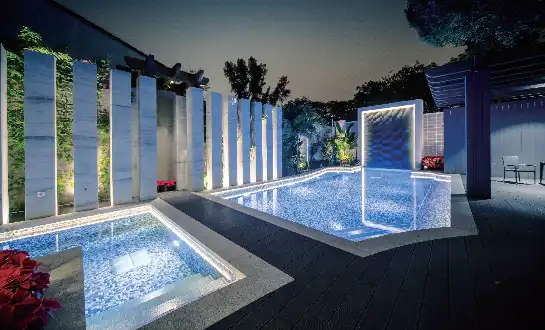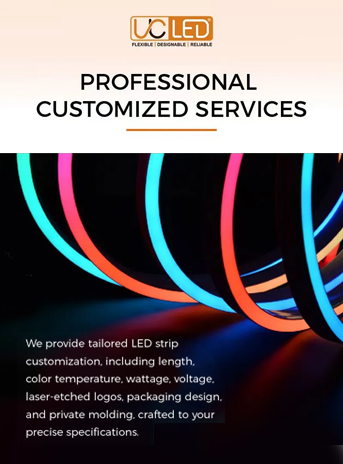Special Considerations for Outdoor Flexible LED Strip
When it comes to illuminating outdoor spaces, flexible LED strip lights have become increasingly popular due to their versatility, energy efficiency, and aesthetic appeal. However, using these lighting solutions in outdoor environments requires careful consideration of several factors to ensure optimal performance and longevity. From weatherproofing and temperature resistance to proper installation techniques and power management, there are numerous aspects to keep in mind when implementing outdoor flexible LED strip lighting. This article delves into the key considerations that will help you make informed decisions and achieve stunning, long-lasting outdoor lighting effects.
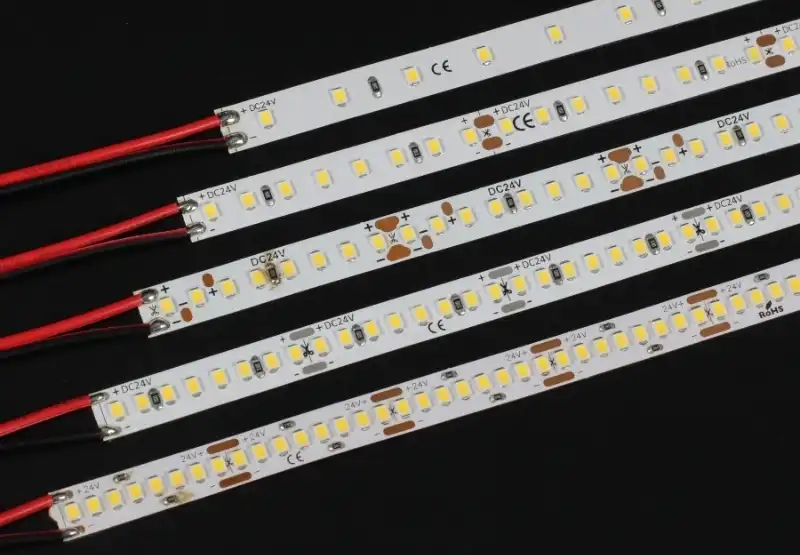
Weatherproofing and Durability
IP Ratings and Their Significance
When selecting flexible LED strip lights for outdoor use, one of the most crucial factors to consider is the IP (Ingress Protection) rating. This rating system indicates the level of protection against solid objects and liquids. For outdoor applications, it's essential to choose LED strips with an IP65 rating or higher. IP65-rated strips are dust-tight and protected against low-pressure water jets, making them suitable for most outdoor environments.
However, in areas with more extreme weather conditions or where the strips may be directly exposed to heavy rain or submersion, you might want to opt for even higher IP ratings such as IP67 or IP68. These ratings offer protection against temporary immersion and continuous submersion, respectively, providing an extra layer of security for your outdoor lighting setup.
UV Resistance and Material Quality
Another critical aspect of outdoor durability is UV resistance. Prolonged exposure to sunlight can cause degradation of materials, leading to discoloration, brittleness, and reduced performance. High-quality flexible LED strip lights designed for outdoor use often incorporate UV-resistant materials in their construction. This includes not only the LED chips themselves but also the PCB (Printed Circuit Board) and the protective coating or encapsulation.
When evaluating outdoor LED strips, look for products that explicitly mention UV resistance or are made with materials known for their UV-stability, such as silicone-based encapsulants. These materials help maintain the integrity and appearance of the LED strips over time, even in sunny locations.
Temperature Considerations and Heat Management
Operating Temperature Range
Outdoor environments can subject flexible LED strip lights to a wide range of temperatures, from scorching heat to freezing cold. It's crucial to select LED strips that are rated to perform within the temperature range typical for your geographical location. Most high-quality outdoor LED strips can operate effectively between -20°C to 50°C (-4°F to 122°F), but always verify the specifications for your specific product.
In extremely hot climates, consider using LED strips with lower power consumption or implementing additional cooling measures to prevent overheating. Conversely, in very cold environments, ensure that the LED strips and their power supplies are rated for low-temperature operation to avoid startup issues or reduced performance.
Heat Dissipation Techniques
Proper heat management is essential for maintaining the longevity and performance of outdoor flexible LED strip lights. While LEDs are generally more efficient than traditional lighting sources, they still generate heat that needs to be dissipated effectively. In outdoor installations, natural air circulation can help with cooling, but additional measures may be necessary, especially for high-power or densely packed LED strips.
One effective method is to mount the LED strips on aluminum profiles or channels. These not only provide a sleek, finished look but also act as heat sinks, drawing heat away from the LEDs. For more demanding applications, consider using LED strips with a metal-core PCB, which offers superior heat dissipation compared to standard FR4 boards. Additionally, ensuring proper spacing between LEDs and avoiding overcrowding in enclosed fixtures can help maintain optimal operating temperatures.
Installation and Power Management
Mounting Techniques for Outdoor Use
Proper installation is crucial for the longevity and performance of outdoor flexible LED strip lights. While many LED strips come with an adhesive backing, this alone may not be sufficient for long-term outdoor use. Consider using additional mounting clips or channels to secure the strips firmly in place. This is particularly important in areas subject to wind, vibrations, or temperature fluctuations that could cause the adhesive to fail over time.
When installing LED strips in challenging outdoor environments, such as on rough surfaces or in areas with high humidity, it's advisable to use silicone-based adhesives or specialized mounting brackets designed for outdoor use. These provide an extra layer of protection and ensure that your lighting installation remains secure and weather-resistant.
Power Supply and Wiring Considerations
Choosing the right power supply and implementing proper wiring techniques are essential for the safe and efficient operation of outdoor flexible LED strip lights. Always use power supplies that are rated for outdoor use and can handle the total wattage of your LED installation with some headroom for safety. It's also crucial to consider voltage drop over long runs of LED strips, which can result in dimming or color inconsistencies.
To mitigate voltage drop, consider using higher voltage systems (24V instead of 12V) for longer runs, or implement parallel wiring techniques to distribute power more evenly. All electrical connections should be made with weather-resistant connectors and properly sealed to prevent moisture ingress. Additionally, incorporating circuit protection devices such as fuses or circuit breakers can safeguard your LED installation against electrical faults.
Smart Controls and Energy Efficiency
Implementing smart control systems can significantly enhance the functionality and energy efficiency of outdoor flexible LED strip lighting. Features such as dimmability, color-changing capabilities, and programmable schedules allow for dynamic lighting effects while optimizing energy consumption. Consider integrating your outdoor LED strips with smart home systems or dedicated lighting controllers that offer features like motion sensing, daylight harvesting, or remote control via smartphone apps.
By intelligently managing when and how your outdoor LED strips operate, you can not only create stunning lighting effects but also reduce energy waste and extend the lifespan of your lighting system. This approach not only enhances the aesthetic and functional aspects of your outdoor space but also contributes to overall sustainability efforts.
Conclusion
Implementing flexible LED strip lights in outdoor settings requires careful consideration of various factors to ensure optimal performance, durability, and safety. By paying attention to weatherproofing, temperature management, proper installation techniques, and intelligent power management, you can create stunning outdoor lighting designs that stand the test of time and environmental challenges. As LED technology continues to evolve, staying informed about the latest advancements and best practices will help you make the most of your outdoor lighting projects. For more information on high-quality outdoor flexible LED strip lights and customized lighting solutions, please contact us at Linda@uc-led.com.
References
1. Johnson, A. (2022). "Outdoor Lighting Design: Principles and Applications". Illuminating Engineering Society.
2. Smith, R. & Brown, T. (2021). "LED Strip Lighting: Technology and Installation Guide". Lighting Research Center.
3. Garcia, M. (2023). "Weatherproofing Techniques for Outdoor LED Installations". Journal of Architectural Lighting, 15(2), 45-58.
4. Lee, S. et al. (2022). "Thermal Management Strategies for High-Power LED Systems". IEEE Transactions on Components, Packaging and Manufacturing Technology, 12(3), 478-490.
5. Williams, D. (2023). "Smart Outdoor Lighting: Integration and Energy Efficiency". Energy and Buildings, 278, 112589.

Looking for high-quality LED flexible strips? Click for a free quote in 24 hours!
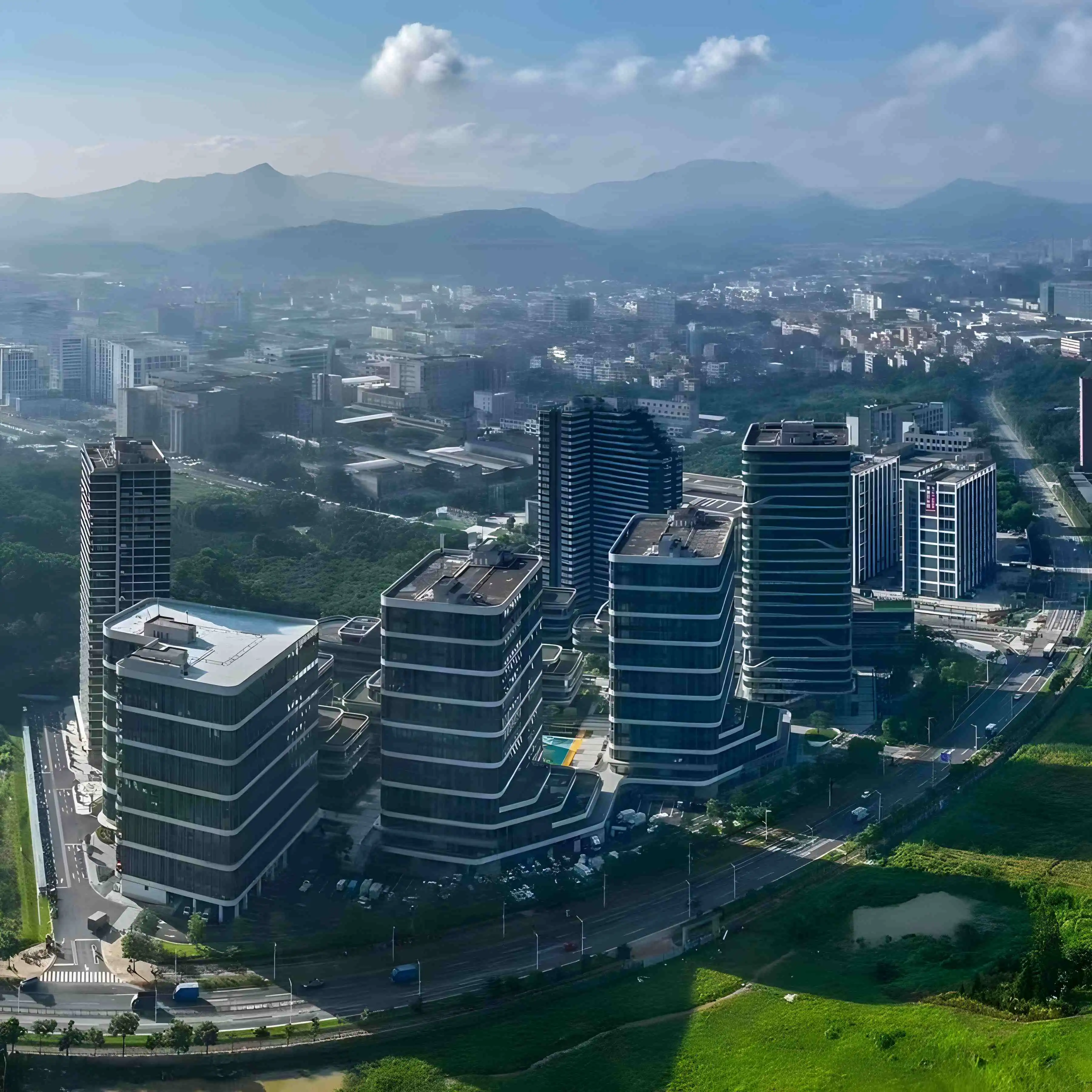
LED Neon Flex Strip Factory - Leading Professional Flexible LED Strip Manufacturer from China
